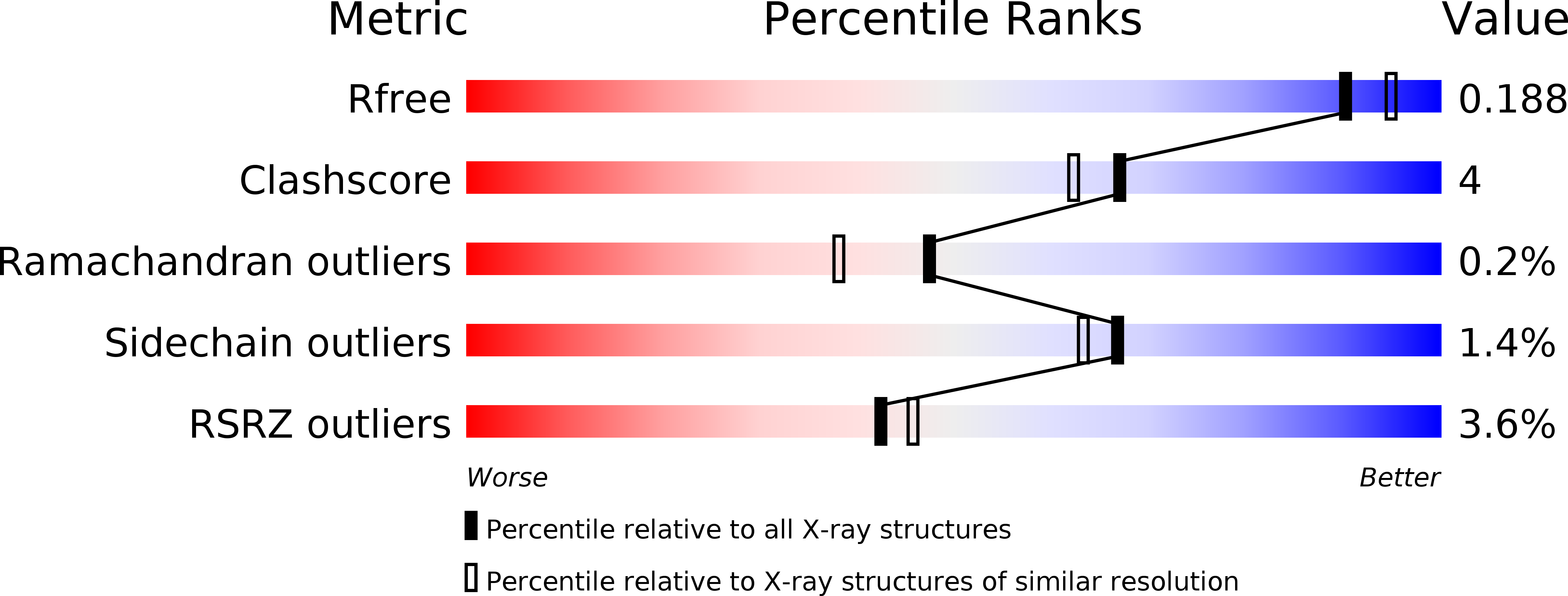
Deposition Date
2020-03-31
Release Date
2020-07-01
Last Version Date
2024-07-10
Entry Detail
PDB ID:
6YI1
Keywords:
Title:
Crystal structure of human glutaminyl cyclase in complex with Glu(gamma-hydrazide)-Phe-Ala
Biological Source:
Source Organism:
Homo sapiens (Taxon ID: 9606)
Synthetic construct (Taxon ID: 32630)
Synthetic construct (Taxon ID: 32630)
Host Organism:
Method Details:
Experimental Method:
Resolution:
1.92 Å
R-Value Free:
0.18
R-Value Work:
0.15
R-Value Observed:
0.16
Space Group:
H 3 2


